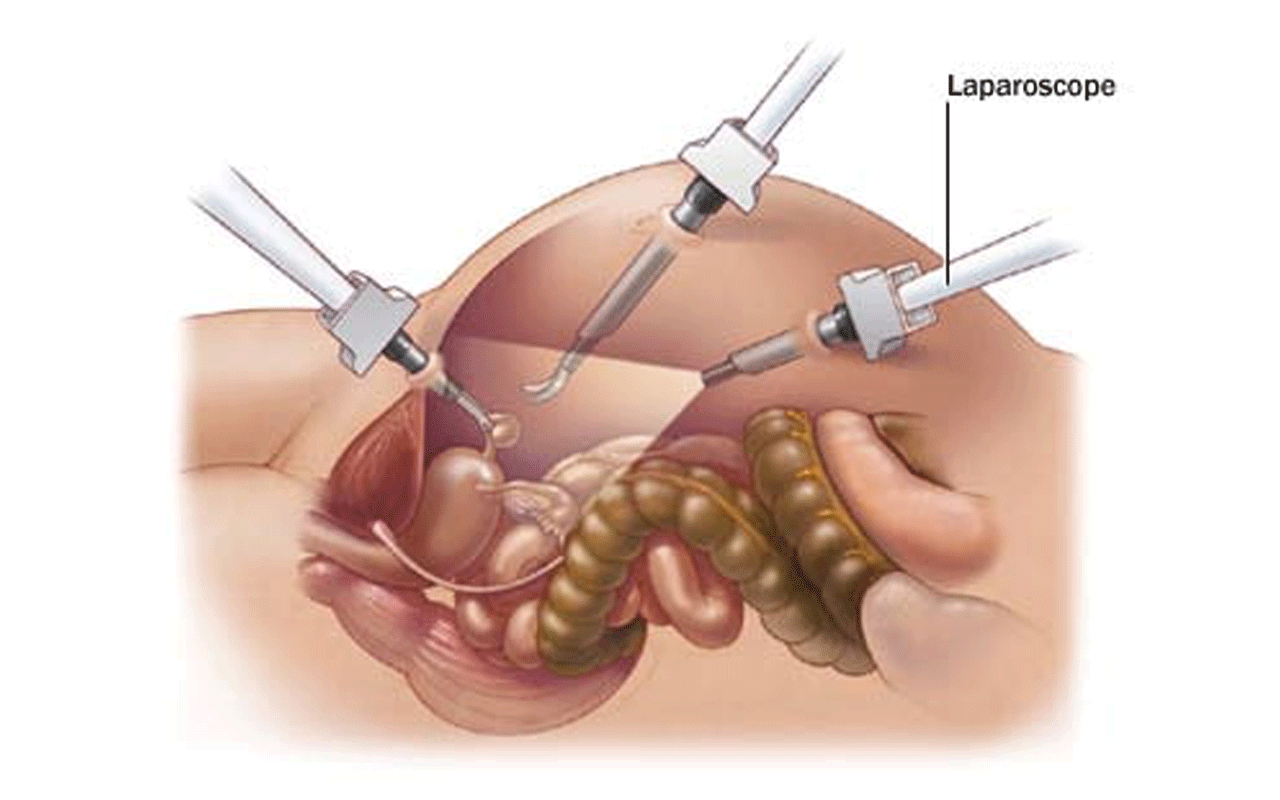Laparoscopic Gynaecological cancer surgery represents a significant advancement in the field of oncology, offering patients a minimally invasive approach to treating various types of gynecological cancers. This innovative technique utilizes small incisions and specialized instruments to access and remove cancerous tissues, providing numerous benefits compared to traditional open surgeries.

One of the primary advantages of laparoscopic Gynaecological cancer surgery is its minimally invasive nature. Unlike open surgeries that require large incisions, laparoscopic procedures involve only a few small cuts, typically less than an inch in length. These smaller incisions result in reduced trauma to surrounding tissues, less postoperative pain, and faster recovery times for patients. Additionally, the risk of complications such as infections and excessive bleeding is significantly lower with laparoscopic techniques.
Another key benefit of laparoscopic surgery is its ability to provide enhanced visualization and precision. During the procedure, a tiny camera called a laparoscope is inserted through one of the incisions, allowing the surgical team to view the internal organs in high definition on a monitor. This improved visualization enables surgeons to accurately identify and remove cancerous tissues while preserving healthy surrounding structures. As a result, patients experience better surgical outcomes with reduced risk of damage to critical organs and nerves.
Furthermore, laparoscopic Gynaecological cancer surgery offers patients a shorter hospital stay and faster recovery compared to traditional open procedures. With smaller incisions and less tissue trauma, patients typically experience less pain and discomfort after surgery, allowing them to resume normal activities sooner. Many patients are able to return home within a day or two of their procedure and can gradually increase their activity levels as they recover. This accelerated recovery timeline not only improves patient satisfaction but also reduces healthcare costs associated with prolonged hospital stays.
Additionally, laparoscopic surgery can be particularly beneficial for patients with certain types of gynecological cancers, including ovarian, uterine, and cervical cancers. By utilizing minimally invasive techniques, surgeons can effectively remove cancerous tissues while minimizing the risk of complications and preserving fertility whenever possible. This is especially important for younger patients who may wish to preserve their reproductive options following cancer treatment.
In summary, laparoscopic Gynaecological cancer surgery offers patients a safer, more effective, and less invasive approach to treating gynecological cancers. With its numerous benefits, including reduced pain, faster recovery, and improved surgical outcomes, laparoscopic techniques have become the preferred choice for many patients and surgeons alike. By embracing this advanced technology, we can continue to enhance the quality of care and outcomes for individuals facing gynecological cancers.
